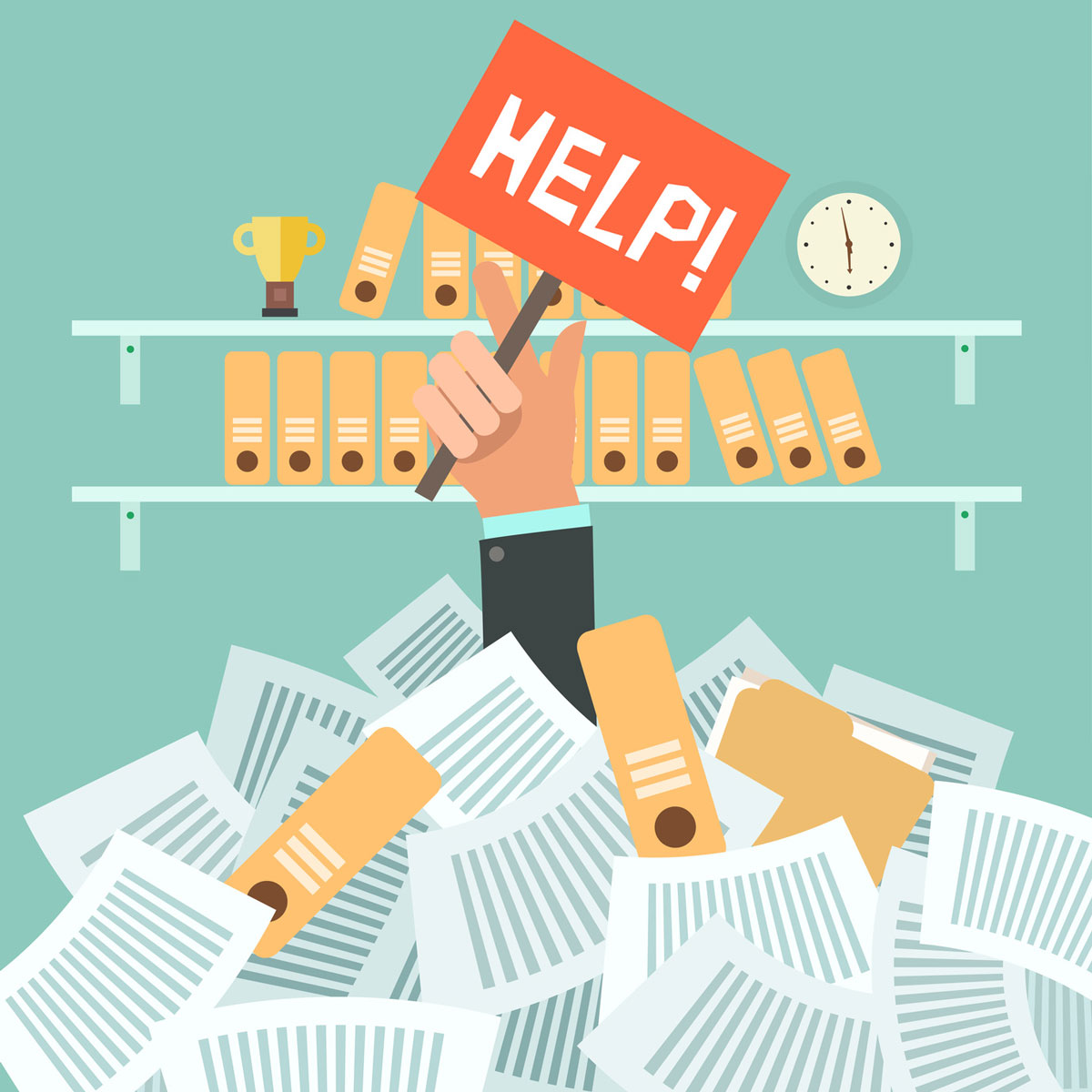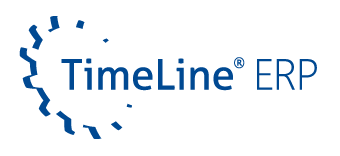Nowadays, almost all large companies use ERP software with integrated ERP functions. ERP for small companies or SMEs, on the other hand, are not yet as established. Instead, many different programs are used to organize processes and day-to-day-business. We are talking about so-called stand alone solutions. You may be familiar with this: you use Word to write quotations, external tools as “vacation planners” and carry out calculations in Excel or Project – which involves a lot of manual effort. Such stand-alone-solutions are often an integral part of a company’s IT landscape and are generally sufficient in the beginning. Finally, many of these programs are available free of charge and are easy to use. However, as the size of the company increases, other factors come to the fore that can no longer be served by such a software mix.

ERP for small companies: Handle business processes more efficiently
Complete ERP solutions are indispensable and much needed these days. Business processes are optimized, organizational workflows and structures improved and adapted to corporate and market changes ever faster. More and more companies are relying on this and striving for a standardized, economical and, above all, more efficient IT infrastructure. The use of business software also offers a whole range of advantages for medium-sized companies and their projects. Modules such as merchandise management, accounting, document management and other business processes are not only mapped in a single system, but also offer integrated ERP functions without additional interfaces.
ERP solution instead of stand alone solutions: an overview of the range of functions
An ERP system normally maps the following functions of a company:
- procurement
- production
- materials management
- customer relationship management (CRM)
- human resources
- finance and accounting
- controlling
A major advantage: all processes, machines and programs are connected via a common database and communicate with each other. Communication and control are made possible at all levels of the company.
Without interfaces, data loss and duplication of maintenance: ERP for small companies
In practice an ERP system for small companies reduces your IT costs because only one software is used instead of various different programs. Above all, however, an ERP solution is easy on your employees’ nerves and makes collaboration much more efficient. Everyone involved has access to the data – regardless of department or location. The data only has to be entered once and is always up to date. The information flow of a business process is therefore significantly optimized. Nothing is lost, nothing is forgotten – a smooth operational process is guaranteed. The same advantages apply to working with data backup, updating and maintenance.
One tailor-made business software, one license model, one maintenance process
Especially as a small business, you should not spend your manpower and capacities on the constant maintenance of various programs. If you opt for ERP for small businesses, implementation and maintenance are reduced to one central solution – instead of a lot of stand alone solutions. Time and costs will be greatly reduced for you. Thanks to regular updates, you always work with the latest version of the ERP software and automatically benefit from new ERP functions. Last but not least, an ERP system for small companies offers you a tailor-made solution for your company size that can be continuously adapted to your growth and needs.

The right time to get rid of stand alone solutions
You should consider implementing an ERP solution in your company right from the start. Although most processes are still manageable in the initial phase, they become more complex as they grow and then require more and more effort. Our recommendation: run your data in a central system with ERP functions at an early stage in order to maintain an overview and control right from the start. ERP for small companies is worthwhile from just two PC workstations. Start with master data maintenance at an early stage and create a good basis for your company’s growth.
Put an end to stand alone solutions – get started now with ERP for small businesses!
Would you like to find out more about stand-alone solutions or the full range of TimeLine ERP functions to better help your clients? Then send us a message using the contact form, write to [email protected] or contact our sales team on +49 212 230 35 200. We look forward to hearing from you and will be happy to advise you!


